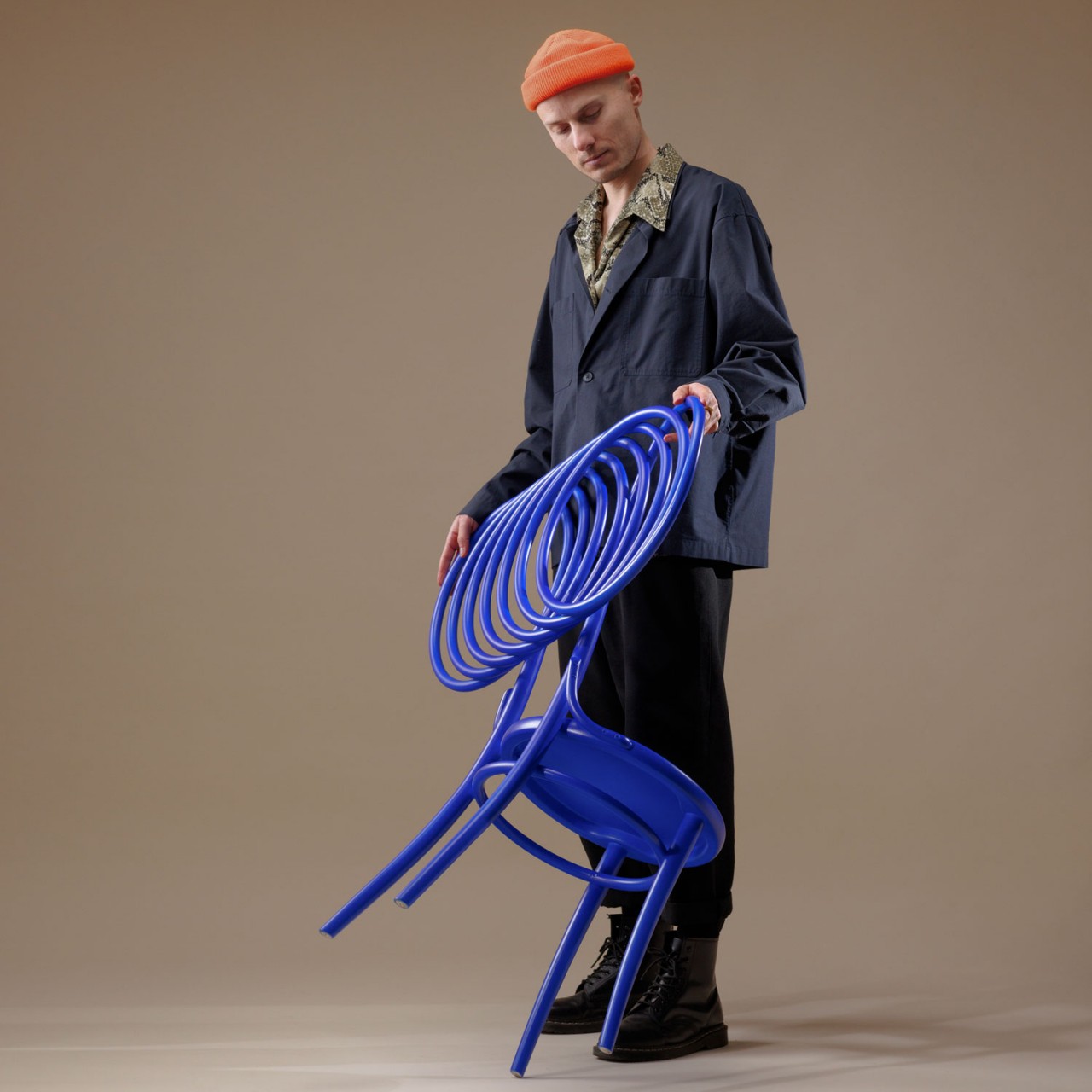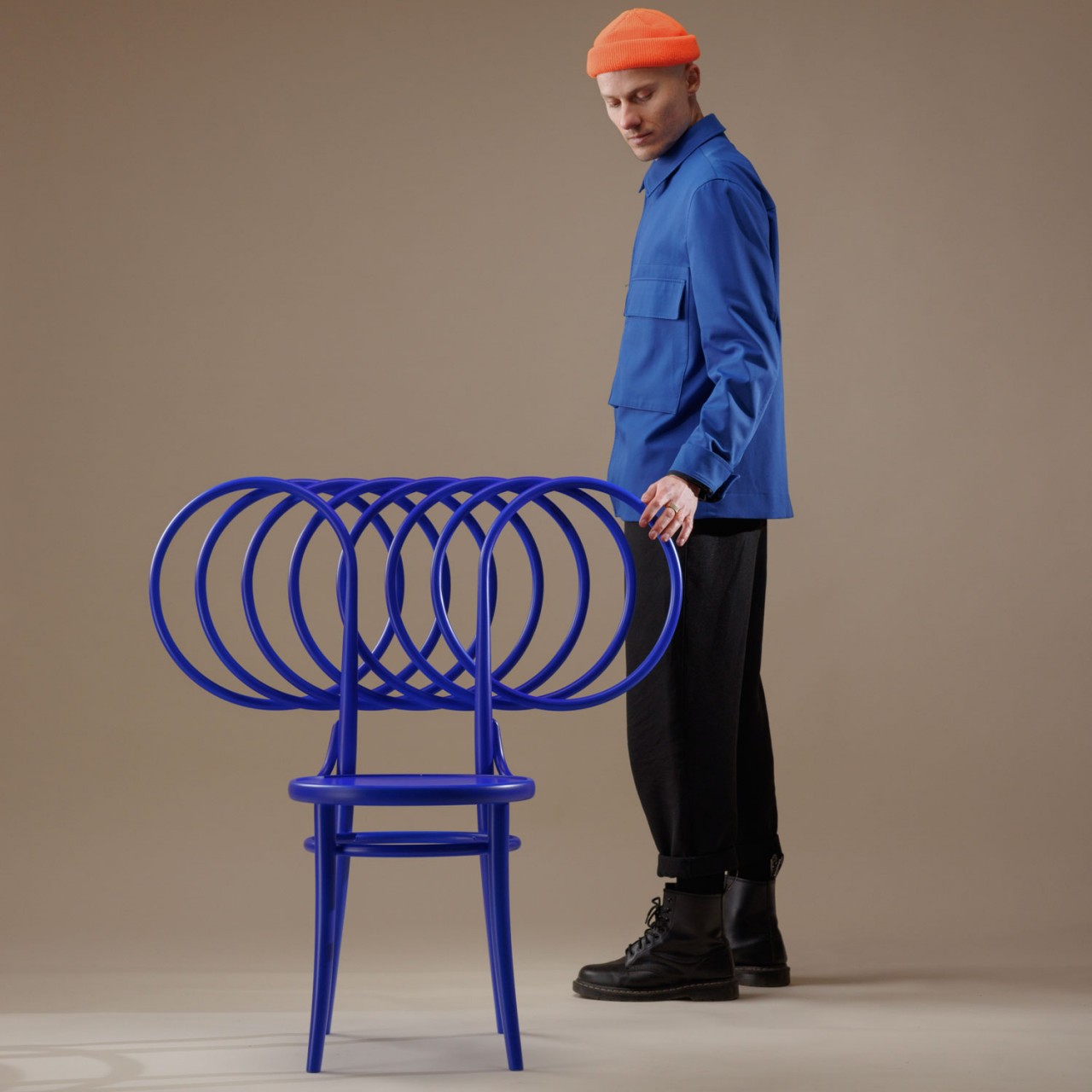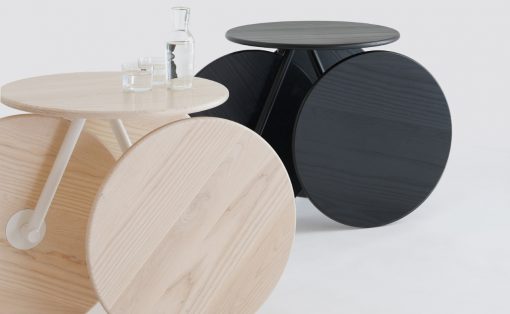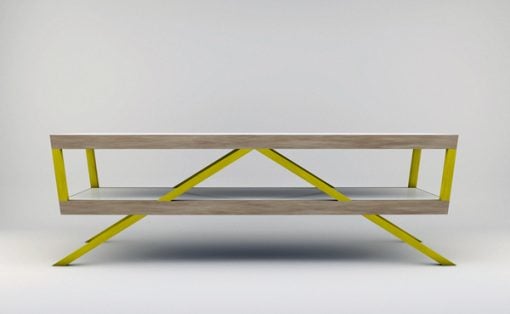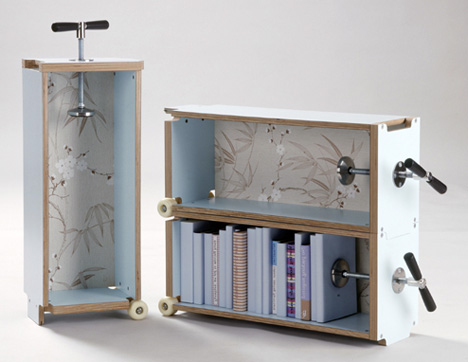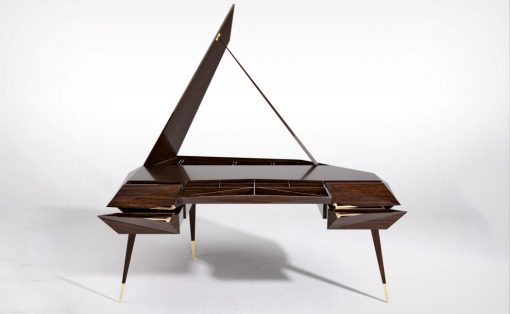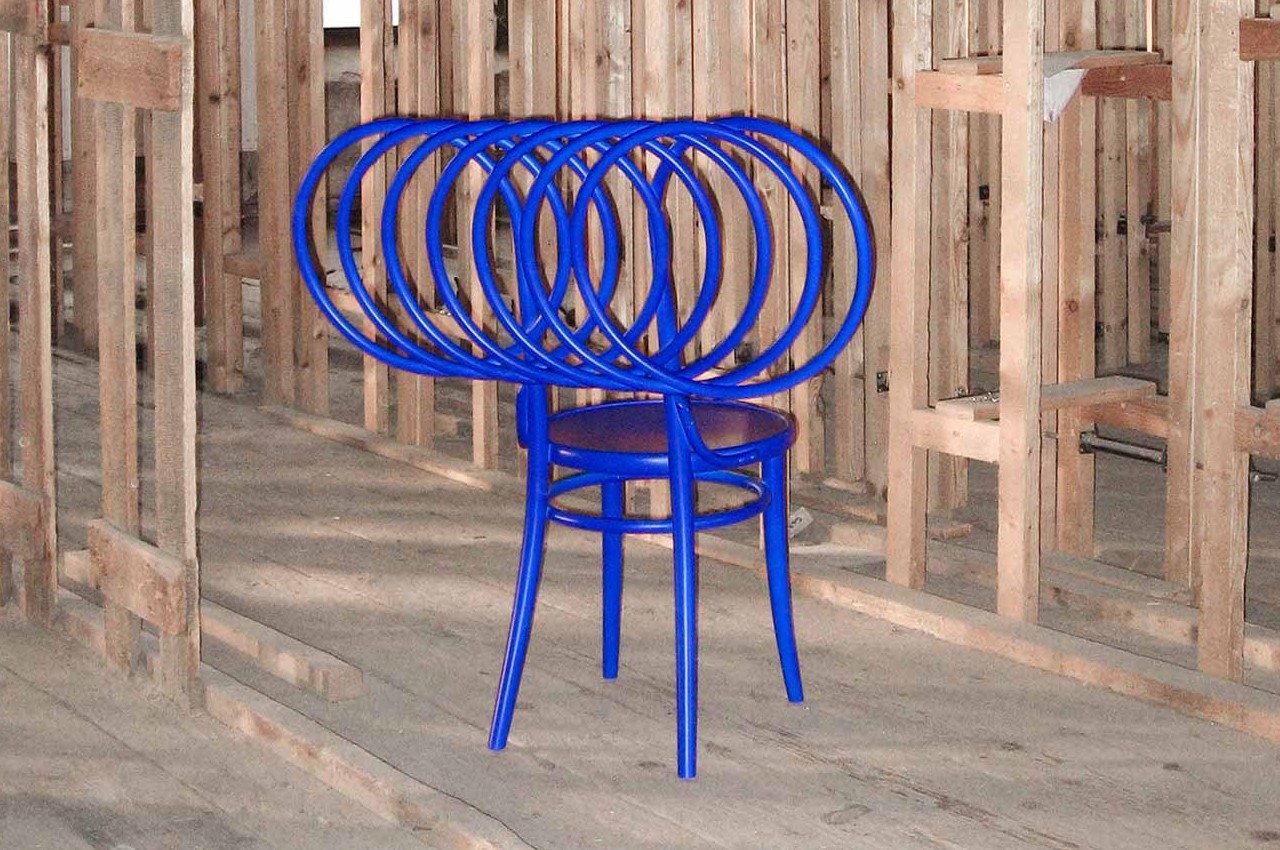
Designs come and go, but some manage to become icons in their field. There are quite a few such designs in the larger furniture market, especially in the categories of tables and chairs. More than a century ago, a particular wooden design shattered expectations and became the precursor of mass-produced chairs for years, even decades, to come. It has since then inspired many product designers not only to follow in this chair’s footsteps but also to improve on it or even reimagine it with modern techniques and sensibilities. One such ode turns what was primarily a utilitarian design into an art object, exaggerating the structure and form that gave the No. 14 Chair its identity.
Designer: Jiri Krejcirik
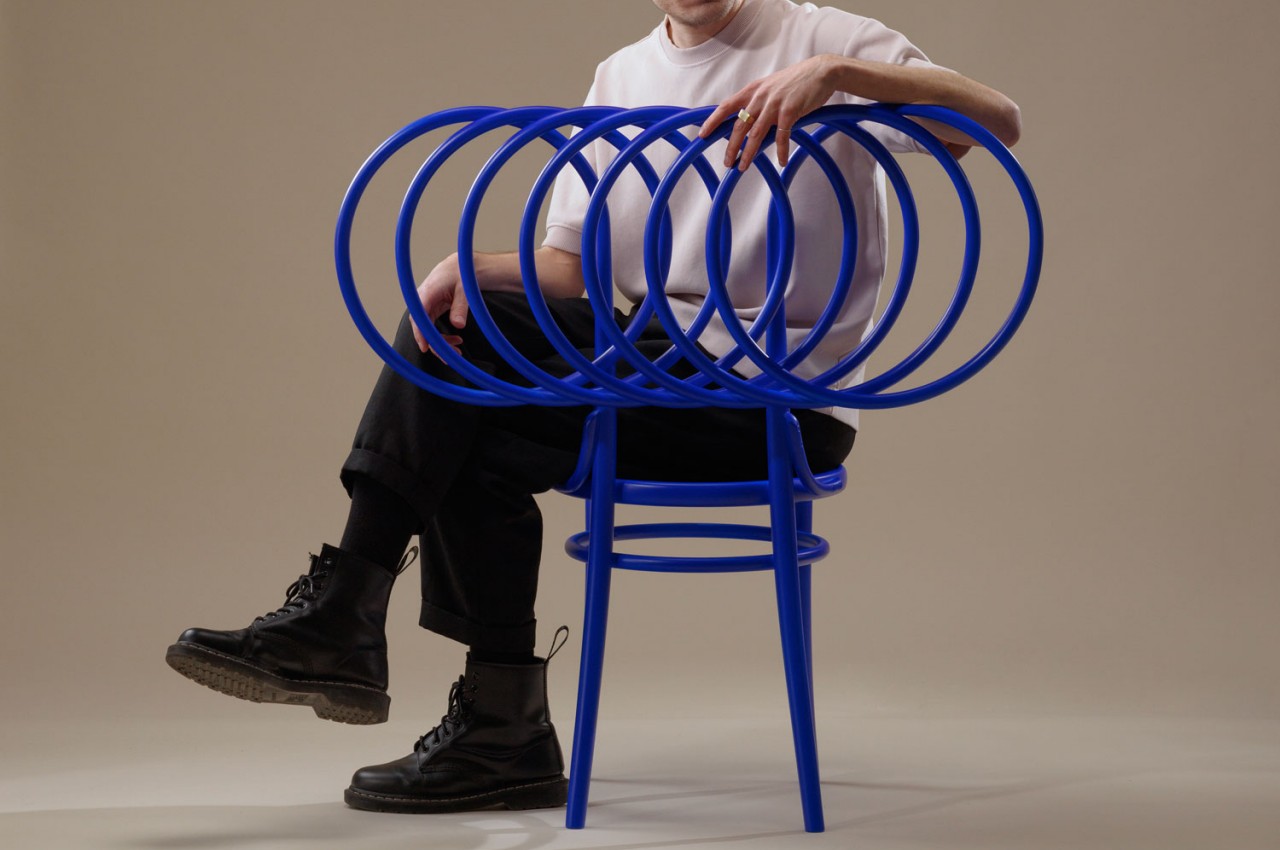
Wooden chairs have, of course, been around for centuries, but most of them were often made with elaborate hand-carved designs that didn’t scale well for mass production. In 1859, the Thonet company revolutionized the furniture industry with the No. 14 Chair, or simply the Chair 14, which could indeed be put through a pipeline but still looked elegant in its simplicity. Its most characteristic design was the steam-bent wooden rods that formed the chair’s back, legs, and support.
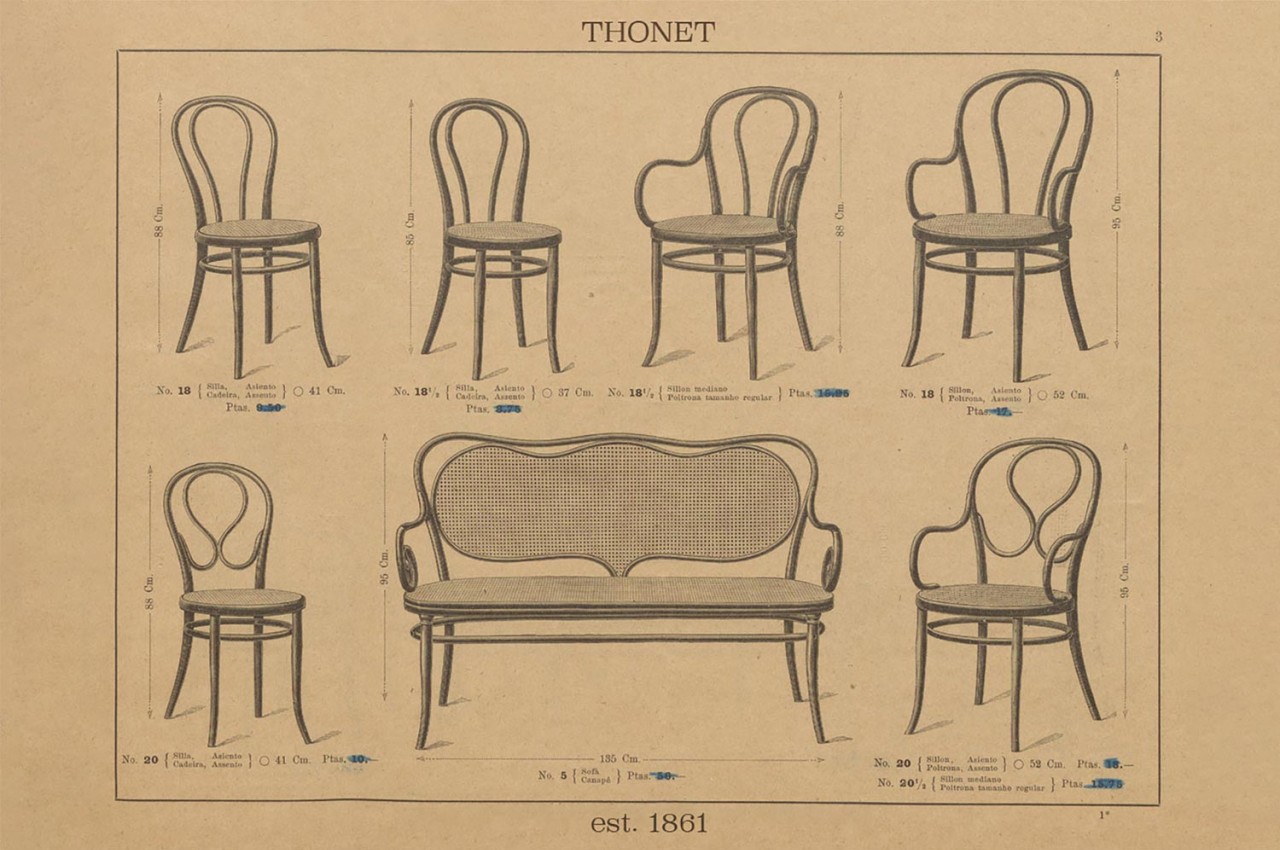
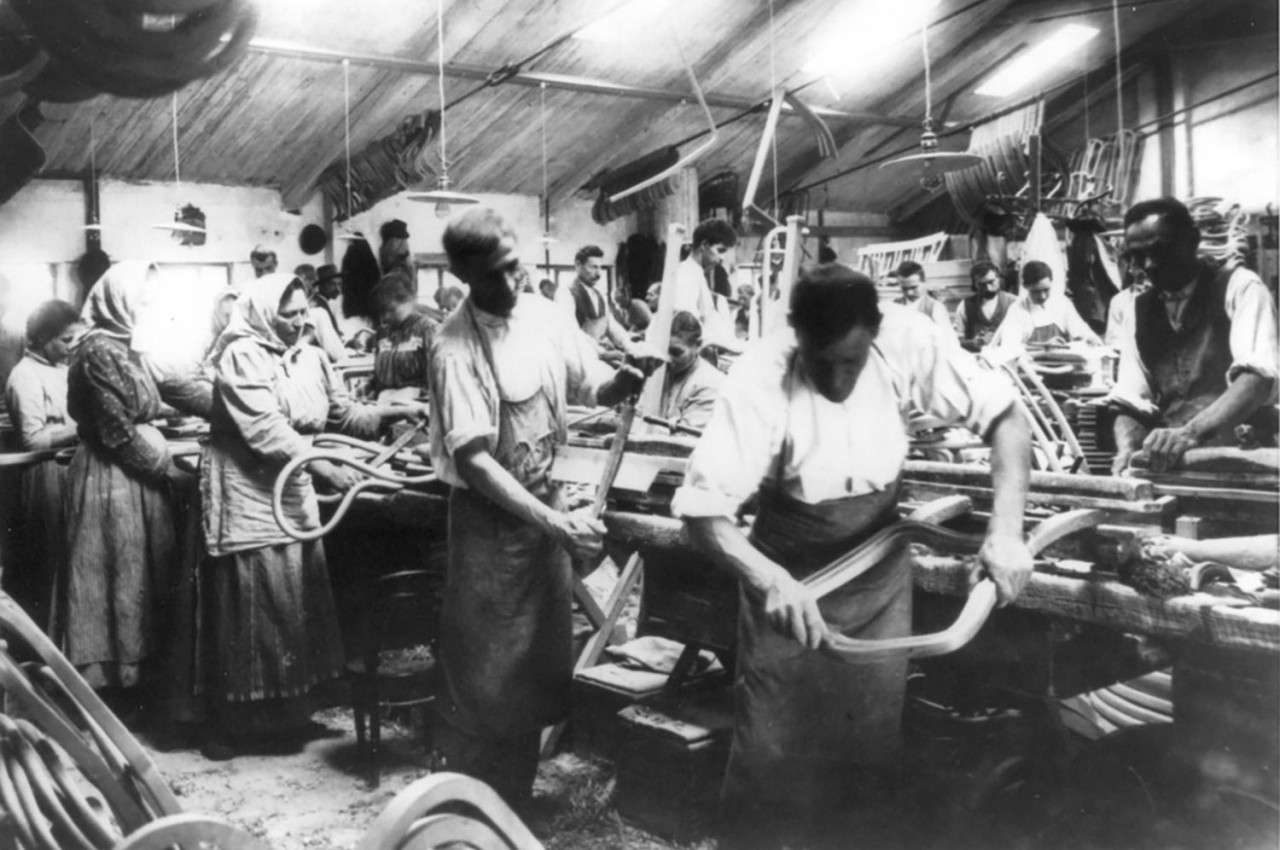
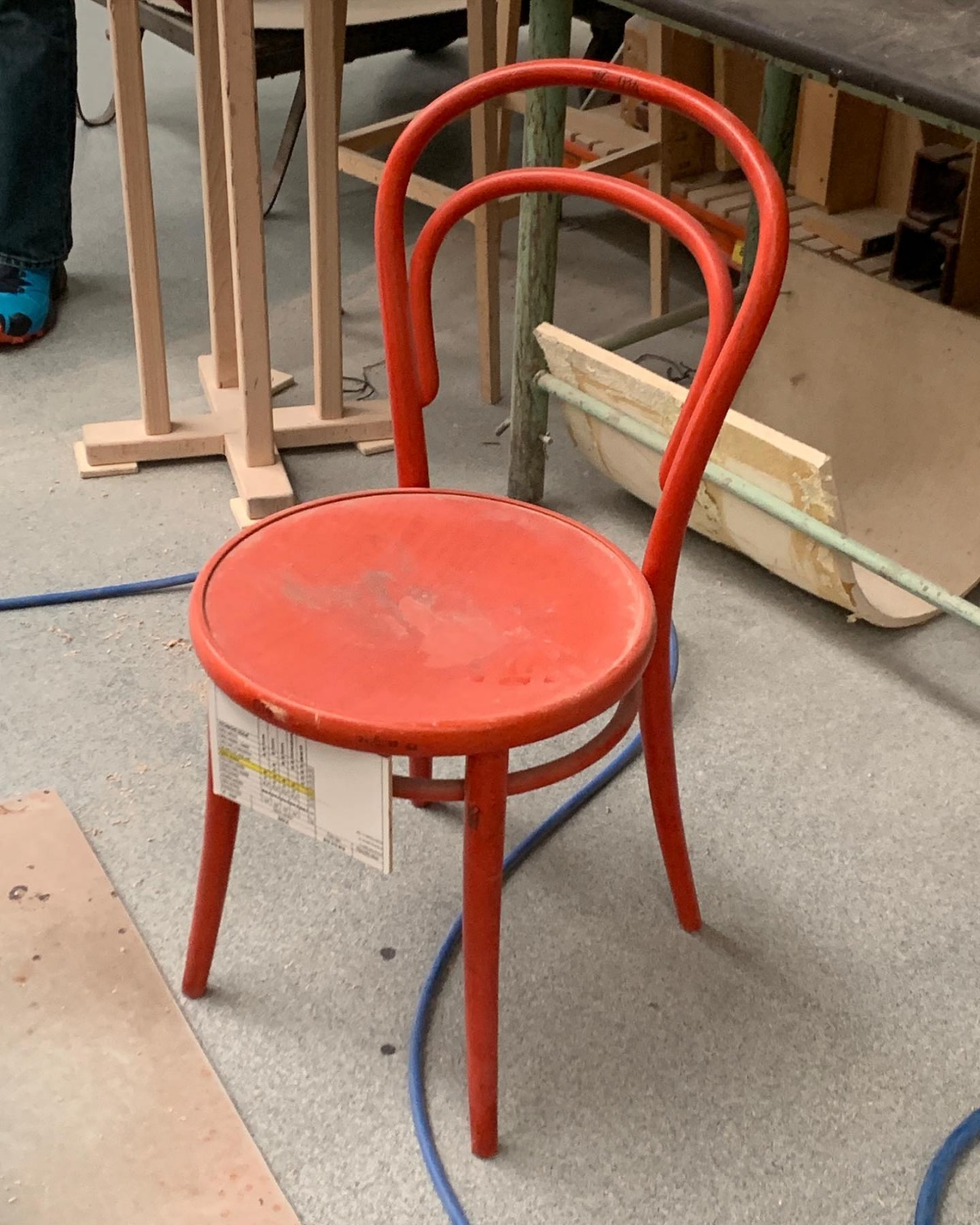
More than 160 years after its birth, a new design breathes new life into that classic chair and dials it up to eleven. But rather than modernizing the original design, “Ode to Chair 14” reinterprets it from a different angle, one that puts form and aesthetics on a pedestal. While the original No. 14 adopted bent wood to give a mass-produced design more style and elegance, this particular rendition turns that design element into an art form, transforming the chair from a piece of furniture into an art object.
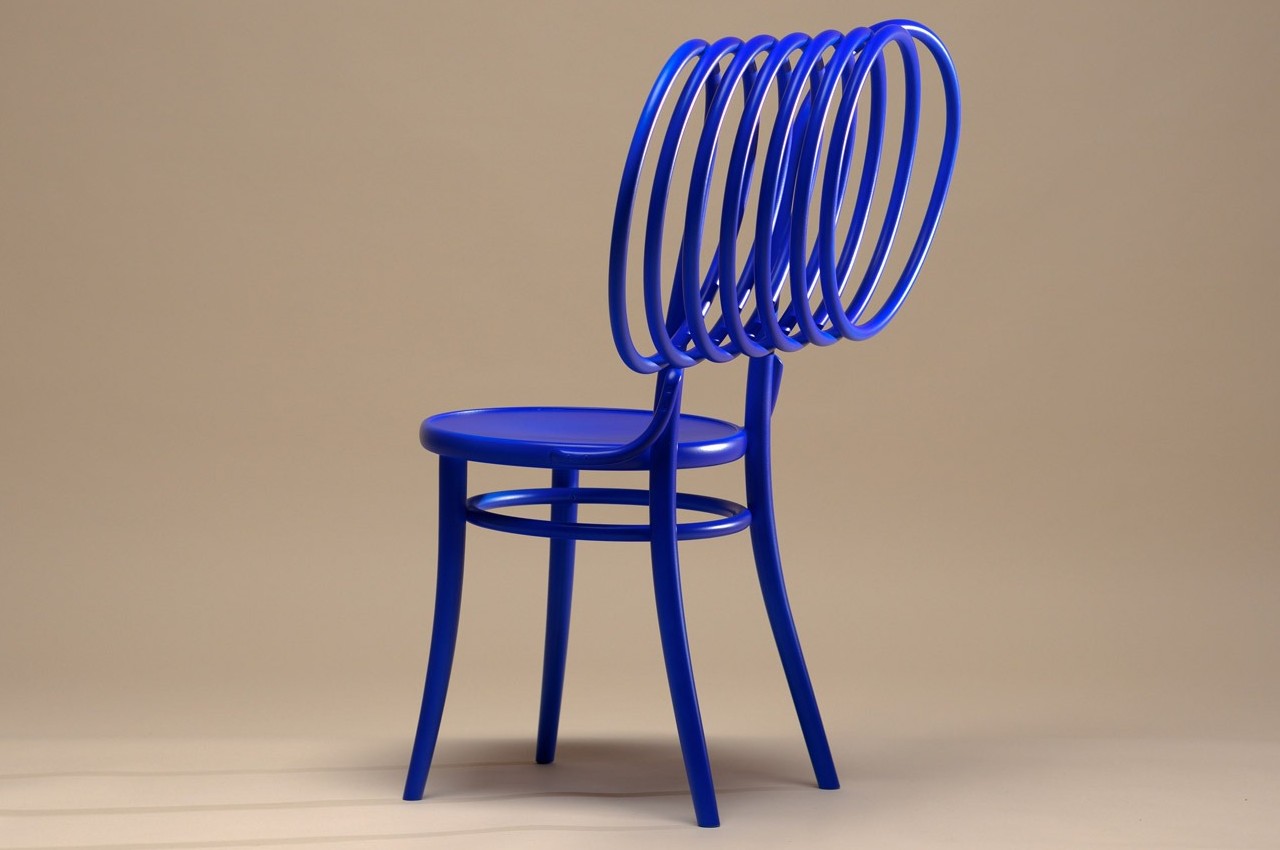

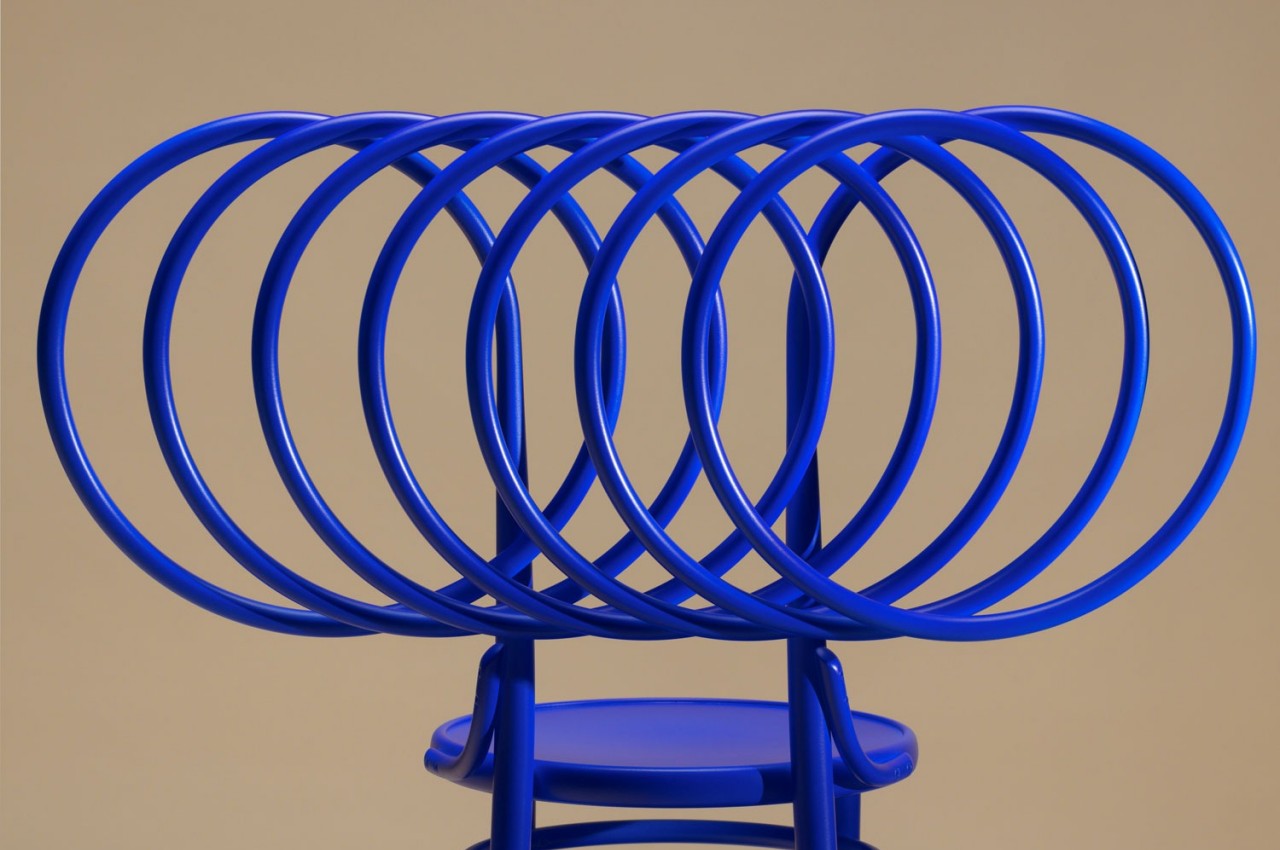
The Ode to Chair 14’s base is similar to the original, with a circular seat supported by four curved legs joined by a ring midway down their length. Where it differs, however, is the backrest, where what would have been a simple arching curve almost spirals out of control and loops repeatedly until it forms a row of intersecting rings. It gives the chair a character that is both eccentric and regal at the same time.
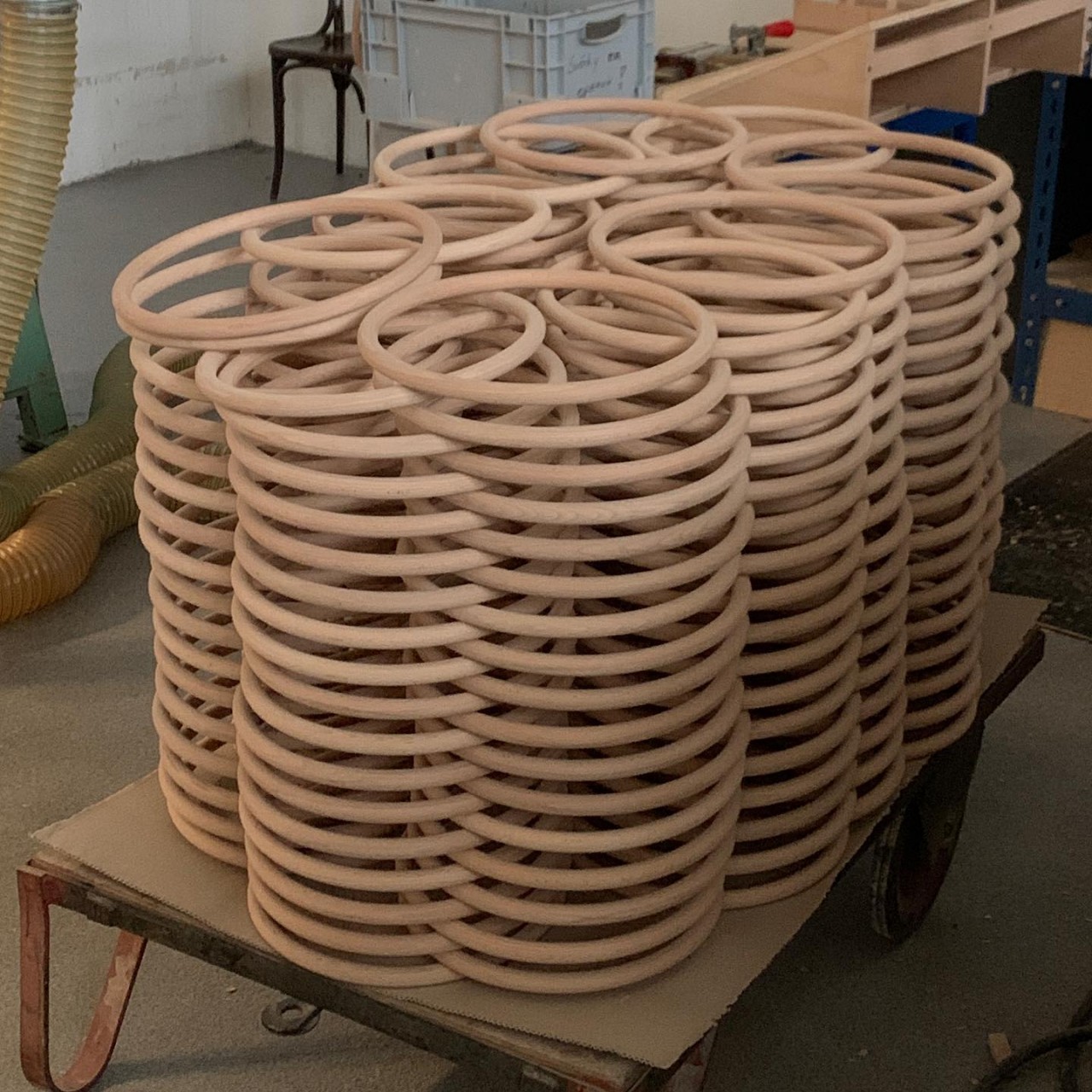
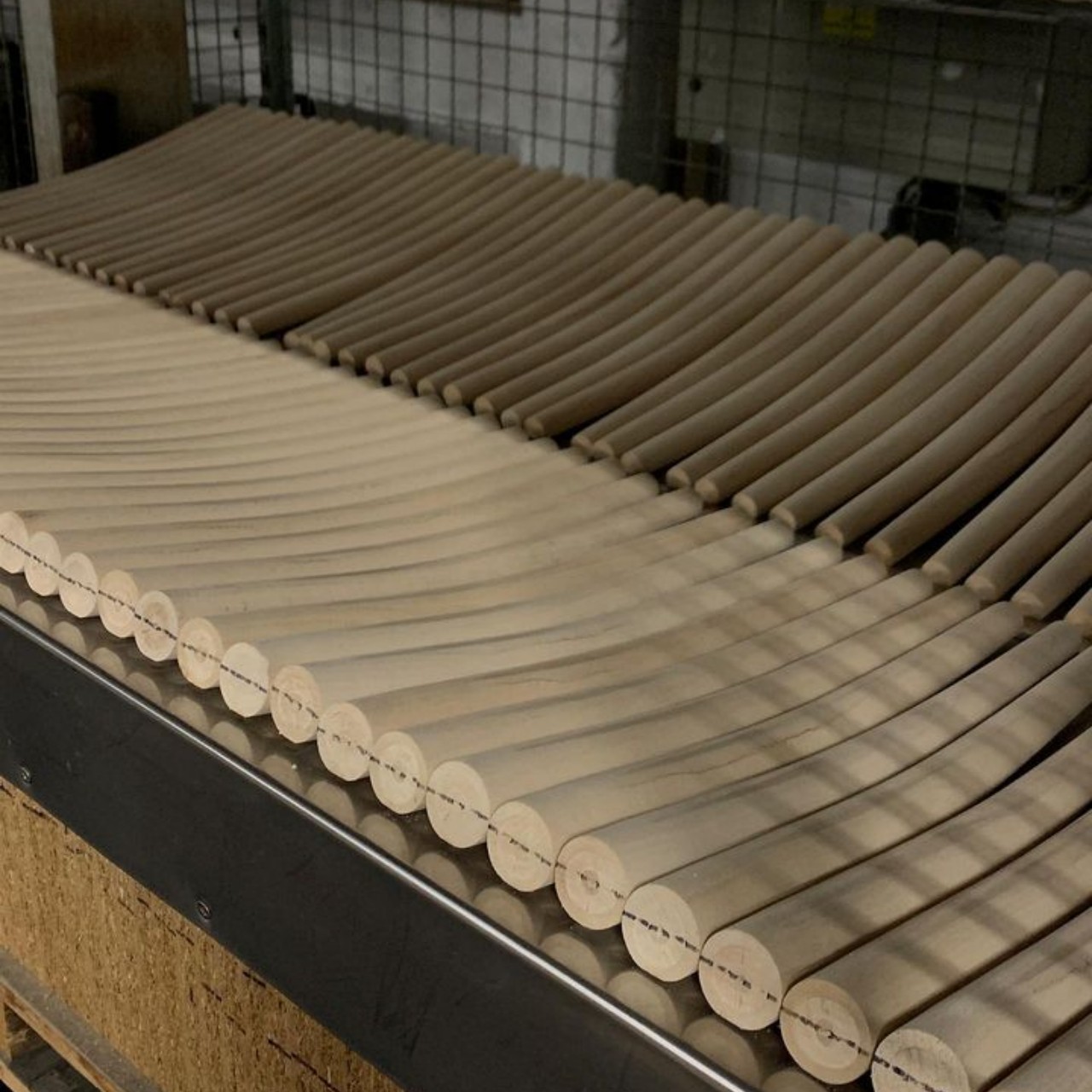
Despite its glossy blue hue, the chair is still made from bentwood beech wood just like the original design. In a way, it demonstrates how production processes have advanced to the point of making even such complex shapes possible. At the same time, however, it retains the same structural simplicity as the first Chair 14, a vision that paved the way for a new breed of chairs for decades to come.
